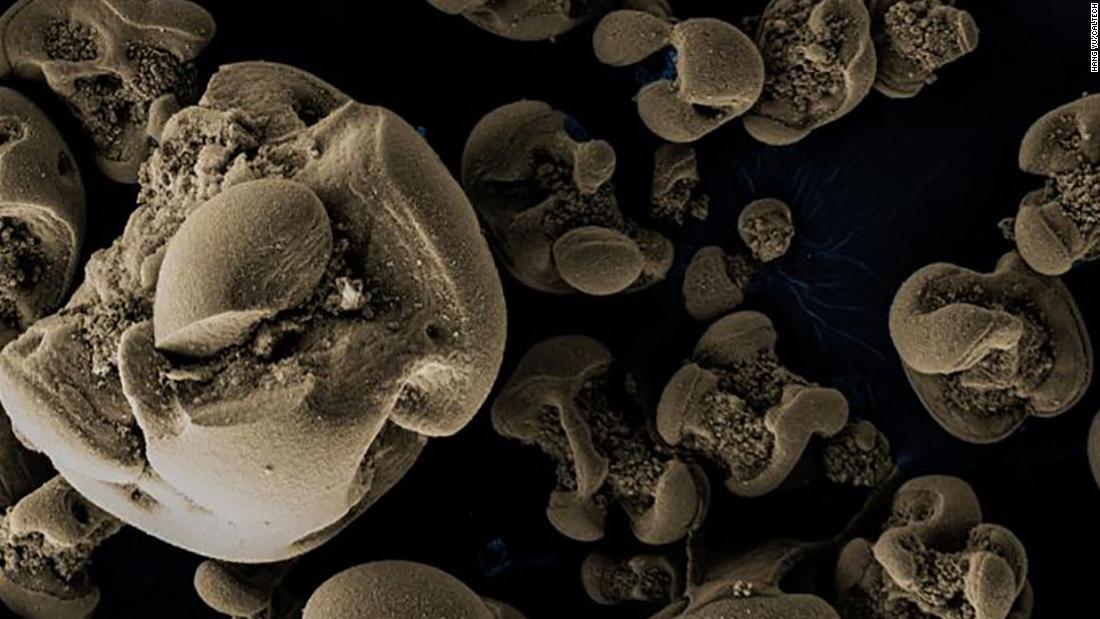
Now, microbiologists at the California Institute of Technology (or Caltech) accidentally discovered the bacteria after conducting unrelated experiments with a type of chalk-like manganese, a commonly found chemical element.
Dr. Jared Leadbetter, a professor of environmental microbiology at Caltech in Pasadena, left a glass jar covered with the substance to soak in the tap water in his office sink, and left the container for several months when he went to work outside from campus. When he returned, Leadbetter found the jar covered in a dark material.
“I thought, ‘What is that?’ Leadbetter explained in a press release. “I began to wonder if the much sought-after microbes could be responsible, so we systematically tested to solve it.”
The researchers found that the black coating found on the bottle was oxidized manganese that had been generated by recently discovered bacteria that were likely found in tap water.
“There is evidence that the relatives of these creatures reside in groundwater, and some of Pasadena’s drinking water is pumped from local aquifers,” he said.
“These are the first bacteria to use manganese as a fuel source,” Leadbetter said. “A wonderful aspect of microbes in nature is that they can metabolize seemingly unlikely materials, such as metals, producing useful energy for the cell.”
The new research also reveals that the bacteria can use manganese for a process called chemosynthesis, which converts carbon dioxide to biomass.
The researchers had speculated that unidentified microbes could take advantage of the process to stimulate growth, but they only knew of bacteria and fungi that could do so.
Scientists believe the findings will help them better understand groundwater and water systems that can be clogged by manganese oxides.
“There is a complete set of environmental engineering literature on drinking water distribution systems that are clogged with manganese oxides,” said Leadbetter. “But how and for what reason such material is generated has remained an enigma. Clearly, many scientists have considered that bacteria that use manganese as energy could be responsible, but the evidence supporting this idea was not available until now.”
The researchers also believe the discovery could help us understand manganese nodules – large, metallic balls that can grow to the size of a grapefruit and are often found at the bottom of the sea. The balls, which often contain rare metals, are sometimes harvested from the ocean floor, but little is understood about them.
“This discovery by Jared and Hang fills a significant intellectual void in our understanding of Earth’s elemental cycles, and adds to the various ways in which manganese, an abstruse but common transition metal, has shaped the evolution of life on our planet, “Woodward Fischer, a professor of geobiology at Caltech, said in a statement. Fischer was not involved in the study.
.